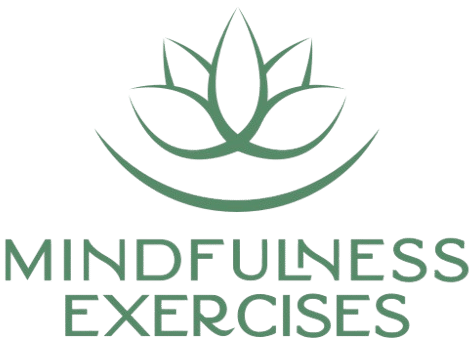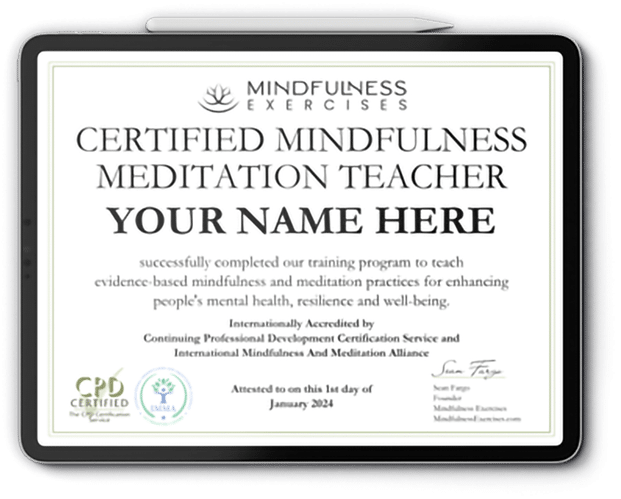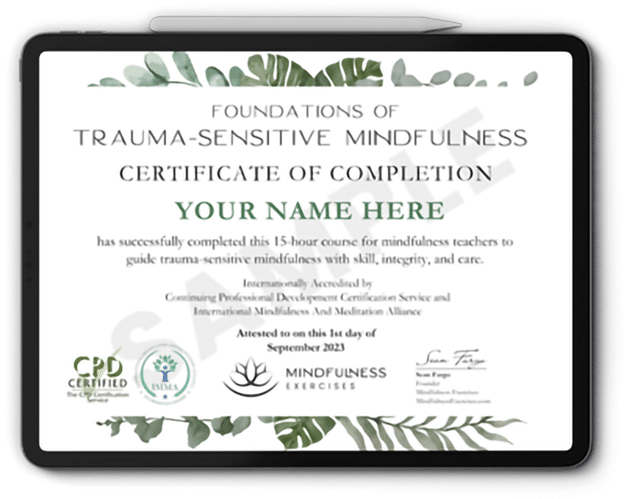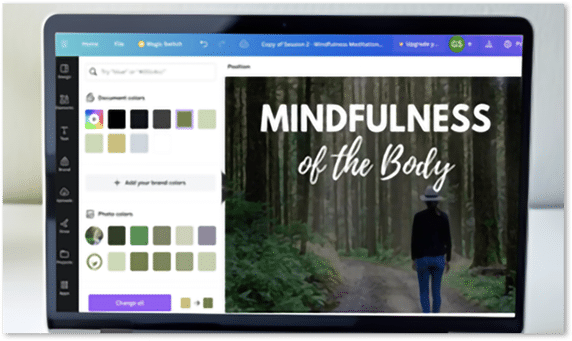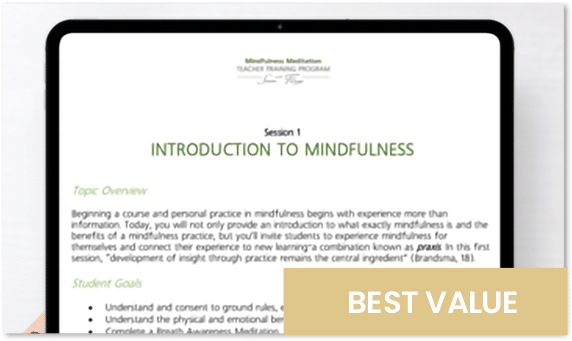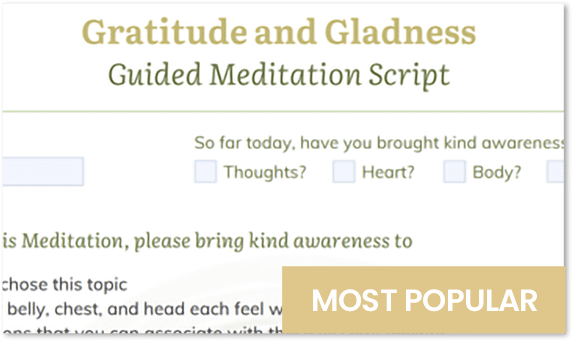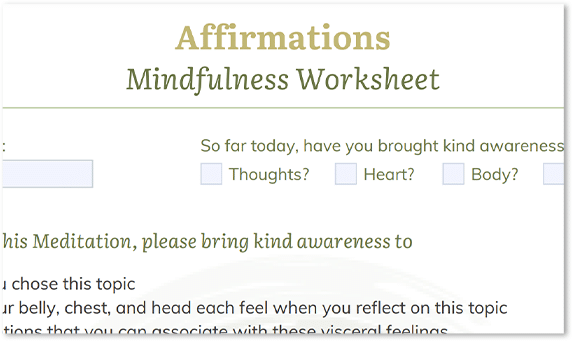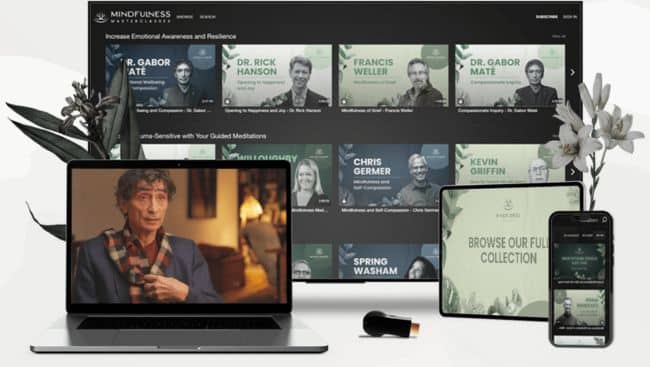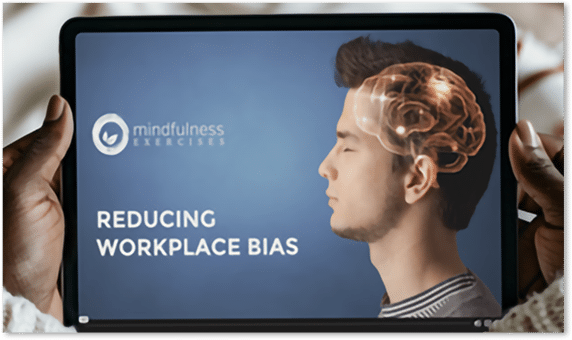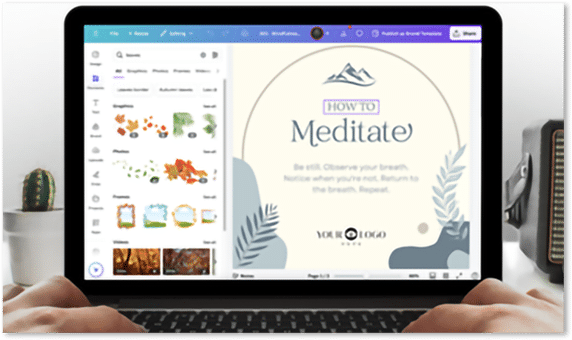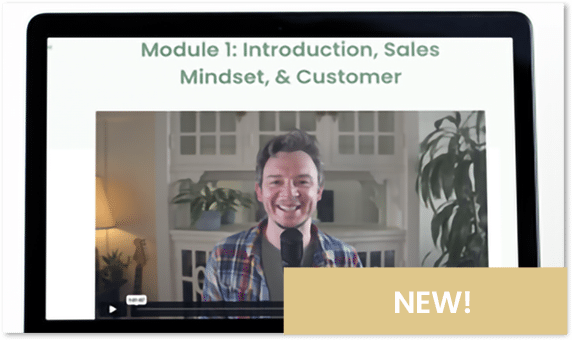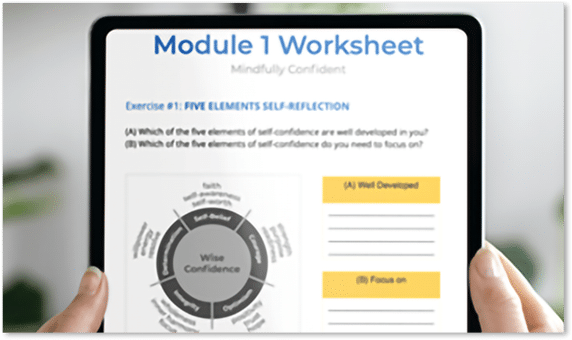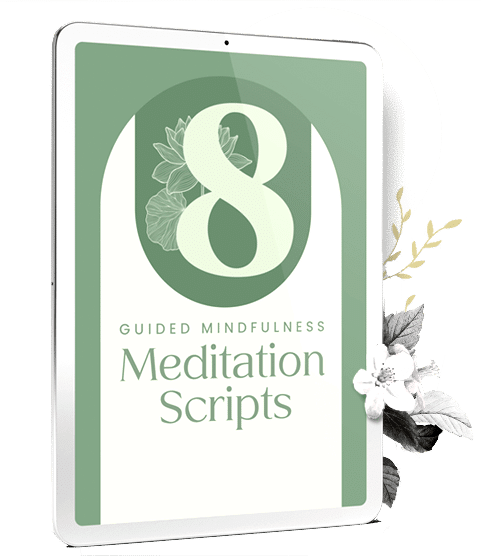Life’s seasons invite stillness. Each week, mindfulness guides us back to what matters, with gentle care and intention.
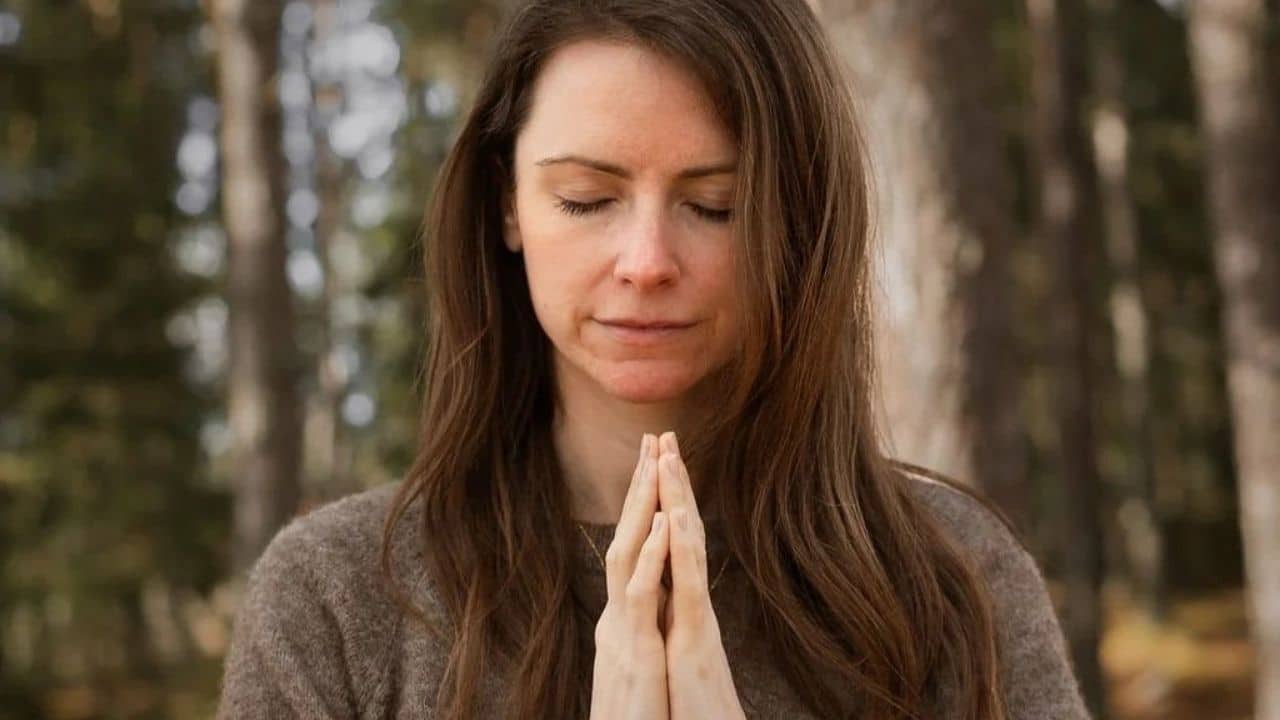
What I Recommend (and Why): Inner Forest School
This week, I’m filled with gratitude for Gillian Florence Sanger, who has spent the past eight years serving as a senior mindfulness teacher with the Mindfulness Exercises community. Her wisdom, kindness, and integrity have touched countless lives — teachers and students alike.
As she embarks on her next chapter, we’re honored to celebrate the launch of Inner Forest School, her new home for teaching and transformation.
If you’re a coach, facilitator, or wellness practitioner, I especially recommend exploring Gillian’s Guided Imagery Teacher Certification Program — a professional training that empowers you to lead healing inner journeys with confidence and care.
Gillian, thank you for your luminous presence and the seeds of mindfulness you’ve planted around the world.
What I’m Watching: You Need to Be Bored — Here’s Why
What if boredom isn’t a problem to fix — but a doorway to creativity?
In a fascinating talk, Harvard professor Arthur C. Brooks explores how boredom gives the brain space to rest, recharge, and imagine. When we allow the mind to wander, it activates the default mode network, a part of the brain linked to insight, innovation, and emotional balance.
Boredom, it turns out, may be one of the most underrated mindfulness practices — reminding us that not every moment needs to be filled.
Watch it here → You Need to Be Bored. Here’s Why.
What We Just Shared: Mindfulness in Higher Education
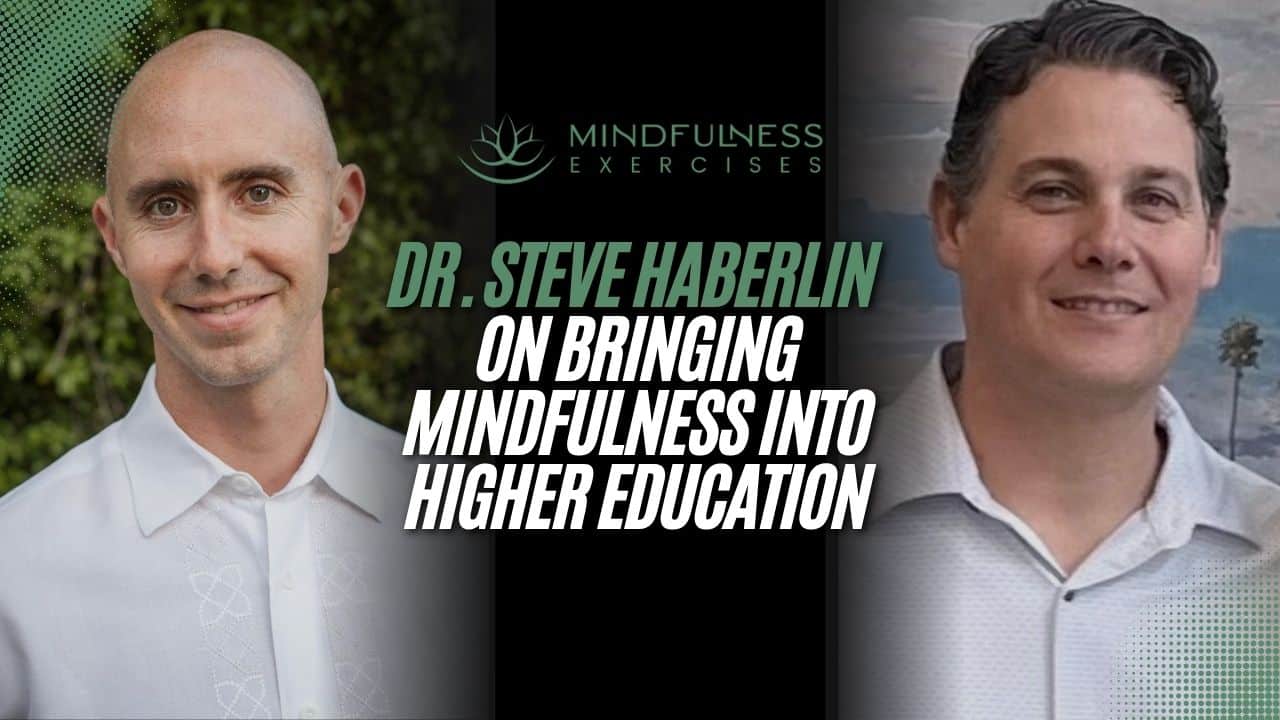
In our latest podcast episode, I speak with Dr. Steve Haberlin about integrating mindfulness into the world of higher education — a setting where anxiety, distraction, and overwhelm are increasingly common.
🎧 Listen on Our Website / Apple Podcasts / Spotify
Dr. Haberlin shares practical ways to introduce mindfulness into the classroom through breathwork, box breathing, and loving-kindness meditation. His research highlights how these simple tools can help students regulate stress, improve concentration, and strengthen resilience.
Whether you’re an educator, parent, or lifelong learner, this episode offers grounded insight into how mindfulness can support both learning and emotional well-being.
What I’m Reading: Three Ways to Live with Grief & Loss by Dr. Rick Hanson
Grief is one of our most human teachers — and Dr. Rick Hanson’s work provides a tender framework for meeting it with mindfulness.
His worksheet on grief and loss combines practical tools with neuroscience, showing how to balance sorrow with nourishing experiences that foster positive neuroplasticity and resilience. Using his “taking in the good” approach, Rick invites us to gently transform pain into presence.
It’s a beautiful resource for personal reflection or for use in therapy and group settings.
Explore the worksheet here → Three Ways to Live with Grief & Loss
A Poem I Love: Keeping Watch by Hafiz
Few poems speak to the quiet grace of mindfulness like this one by Hafiz, a reminder that love’s presence is always near — even when we forget to look.
This poem is an invitation to awaken to the sacredness of simple awareness — the quiet, luminous love that’s been watching over us all along.
Closing Reflection
From guided imagery to grief, from creative boredom to divine presence, each theme this week points back to the same truth: mindfulness is a homecoming.It’s a gentle return to the life that’s unfolding right here, right now, one breath, one poem, one act of awareness at a time.
